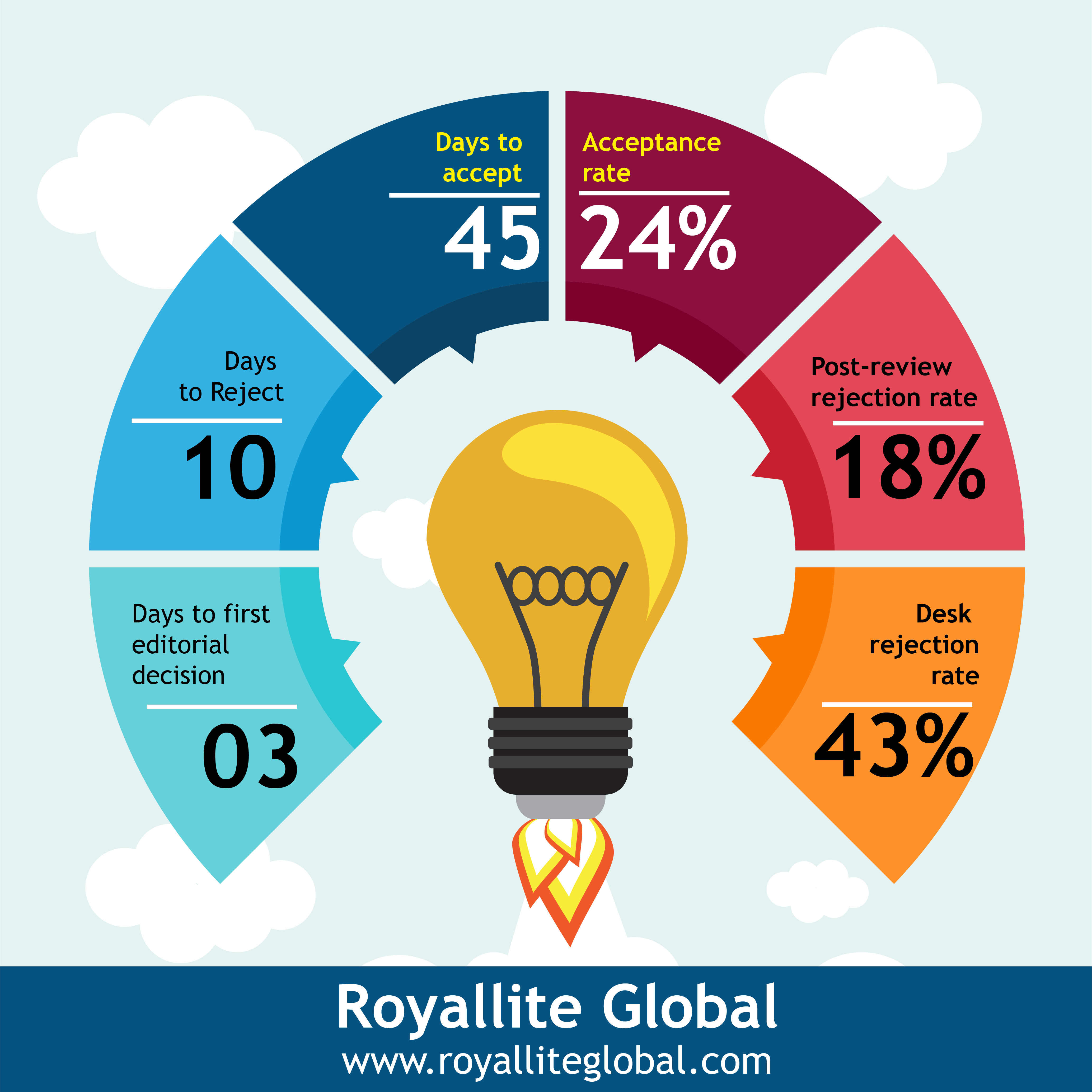The discourse of autobiographical intention: An analysis of selected Kenyan autobiographies
Keywords:
apology, confession, intention, memoirAbstract
The death and resurrection of the author has made for interesting discourse since Wimsatt and Beardsley famously attacked the author’s intention in writing as a fallacious presumption in 1946 and Barthes declared, in 1967, the death of the author, to when critics such as Carlier and Watts resurrected her/him in the first decade of the new milleum. By anchoring itself on Autobiographical theory, particularly on the tenets of Linda Anderson and Francis Hart, and by lending itself to a critical methodology of textual evaluation, this article particularises the discourse of intentionality in the genre of autobiography by making a close reading of selected Kenyan autobiographies: Not yet Uhuru, Walking in Kenyatta Struggles; My Story and Unbowed; One Woman’s Story. The article argues that the significance of intentionality in authorship gains credence in the emerging critical engagement in marginality, particularly on women’s writing, writing on differently sexualised bodies, writing on differently abled bodies and equally significant in the emerging narratives of re-imagining the postcolonial project of national construction and citizenship. The article argues that to thematise these spaces the re-instantiation of the subjective presence of the author in time and place is as significant as the re-instantiation of her/his voice.
References
Anderson, L. (2001). Autobiography. London: Routledge.
Barthes, R. (1977). The Death of the Author. London: Fontana.
Branch, D. (2011). Kenya: Between Hope and Despair, 1963 – 2010. Yale University Press.
Carlier, J. C., & Watts, C. T. (2000). Roland Barthes’ Resurrection of the Author and Redemption of Biography, The Cambridge Quarterly, 29(4), 386-393.
Corbett, M. J. (1992). Representing Femininity. Oxford: Oxford University Press.
Gusdorf, G. (1956). ‘Conditions and Limits of Autobiography’, reprinted in James Olney ed Autobiographical Essays Theoretical and Critical, Princeton, N J, Princeton University Press.
Hart. R. F. (1970). Notes for an anatomy of Modern Autobiography. New Literary History, History and Fiction (Spring, 1970), 1(3), 485- 511.
Hornsby. C. (2013). Kenya a history since independence. Nairobi: IB Tauris
Howarth, W. L. (1974). Some Principles of Autobiography. New Literary History, 5(2), 363–381.
Karume, N. (2009). Beyond Expectation: From Charcoal to Gold. Nairobi: East African Educational Publishers Ltd.
Lejeune, P. (1982). ‘The Autobiographical Contract’, in Tzvetan Todorov ed, French Literary Theory Today.
Lodge, D., & Wood, N. (Eds). (2008). Modern criticism and theory: A reader. London: Pearson Education.
Maathai, W. (2006). Unbowed: One Woman’s Story. London: Arrow Books Publishers.
Mandel, B. (1968). ‘The Autobiographer’s Art’, in The Journal of Aesthetics and Art Criticism, 27(2),215 – 226. https://www.org/stable/428849
Matiba, K. (2000). Aiming High: The Story of My Life. Nairobi: The People Limited
Morris, J. N. (1966). Versions of the self: Studies in English autobiography from John Bunyan to John Stuart Mill. New York: Basic Books.
Odinga, O. (1967). Not yet Uhuru. Nairobi: East African Educational Publishers Ltd
Pascal, R. (2015). Design and Truth in autobiography. London: Routledge.
Wimsatt, W., & Monroe, C. B. (1954). “The intentional Fallacy.” Sewanee Review, 54(1946), 468 – 488.
Rousseau, J. J. (1953). The Confessions of Jean - Jacques Rousseau, trans. With an introduction by J.M. Cohen. Harmondsworth: Penguin.

Downloads
Published
License
This open-access article is distributed under a Creative Commons Attribution (CC-BY) 4.0 license.
You are free to: Share — copy and redistribute the material in any medium or format. Adapt — remix, transform, and build upon the material for any purpose, even commercially. The licensor cannot revoke these freedoms as long as you follow the license terms. Under the following terms: Attribution — You must give appropriate credit, provide a link to the license, and indicate if changes were made. You may do so in any reasonable manner, but not in any way that suggests the licensor endorses you or your use. No additional restrictions You may not apply legal terms or technological measures that legally restrict others from doing anything the license permits.






